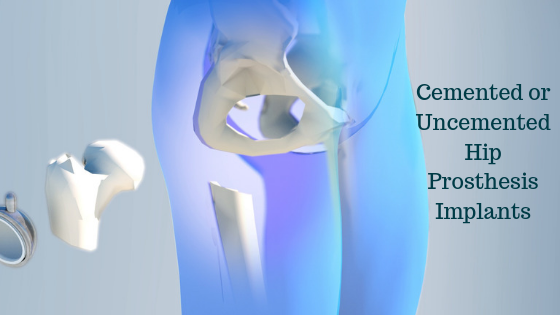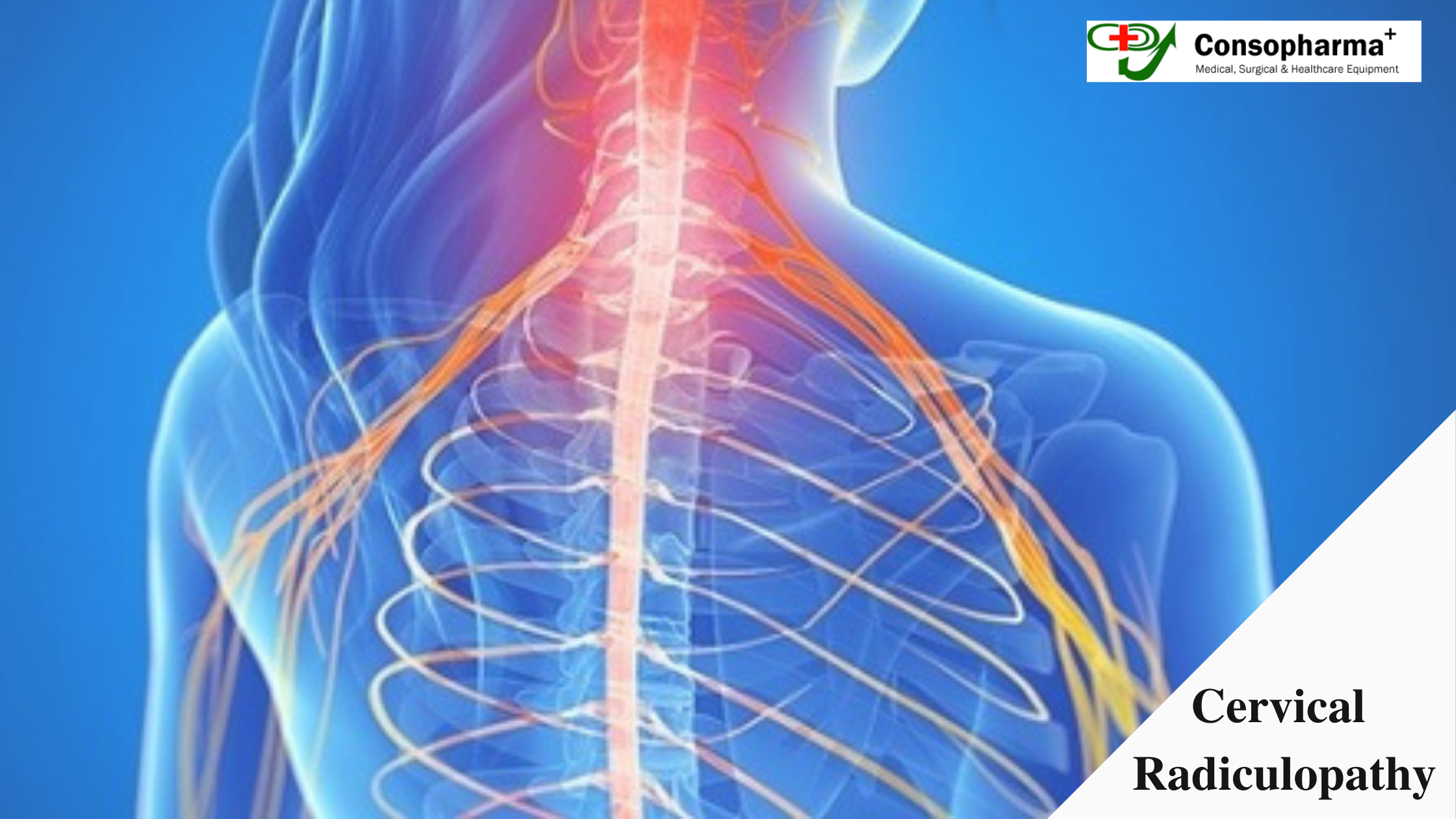Cemented or Uncemented Hip Prosthesis Implants: Cost & Advantages

If you know someone who has been suffering from arthritis, or you are suffering from chronic pain, you would know that these days, joint replacement has made things easy for patients. Hip replacement is one such operative procedure that has proven to be quite useful in relieving pain. While hip replacement is an optional procedure for many patients, its efficacy makes it a popular choice among them. Also, patients and doctors should not rush into getting this surgery done and agree to it only when they are emotionally and physically ready for the procedure.
When an orthopedic surgeon suggests you to get a hip implant, you have two choices, either to use a cemented prosthesis or uncemented prosthesis. One thing that all total hip prosthesis supplier and orthopedic instrument supplier keep in mind is that the material of the prosthetic organ should adhere to the natural bone of the patient.Â
Here in this article, we will discuss the advantages and disadvantages of both types of hip implants.
Cemented Hip Prosthesis Implants
In a cemented joint prosthesis, a layer of bone cement is placed between the patient’s natural bone and prosthetic component. The bone cement used in the prosthesis is known as polymethylmethacrylate or PMMA.Â
Some of the advantages of using cemented hip prosthesis are:
- With bone cement, a surgeon can easily affix the prosthetic components to the bone, which might have become slightly porous from osteoporosis.Â
- When surgeons use bone cement, they can add some amount of antibiotics to it and prevent post-surgical infections.
- The cement used in prosthetic joint implants dries up in ten minutes. This gives confidence to the patient that the implant has been firmly placed and fixed.
However, cemented implants have some disadvantages too, which can arise due to breaking down and degradation of bone cement.
- If the cement breaks down, it can cause the artificial joint to become loose, and this will prompt the need for another joint replacement surgery.
- The cement debris can cause inflammation to the surrounding skin if it comes in contact with the soft tissues.
- Although rare, bone cement can also enter the bloodstream at times. This can pose a high risk to your lungs.
Not all patients experience these complications, and much of it depends on the physical characteristics of individuals.
Cemented Hip Prosthesis Implants
An uncemented prosthesis doesn’t include bone cement. It has a porous coating or a rough surface that allows the natural bone to grow on it. The surgeon then used special tools to shape the new bone and limit its growth.
Some of the advantages of using uncemented prosthesis are:
- It is believed that cementless prosthesis offers a better and strong bond between the natural bone and prosthetic component.
- You do not have to worry about the breakdown or wear and tear of the bone material.
The only downside of a cementless prosthesis is that it works well with people having good bone density and the natural bone may take 3-4 months to grow.




